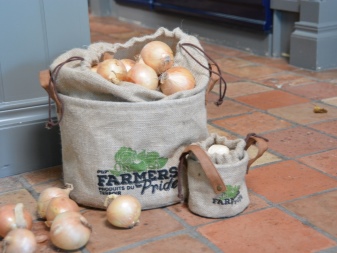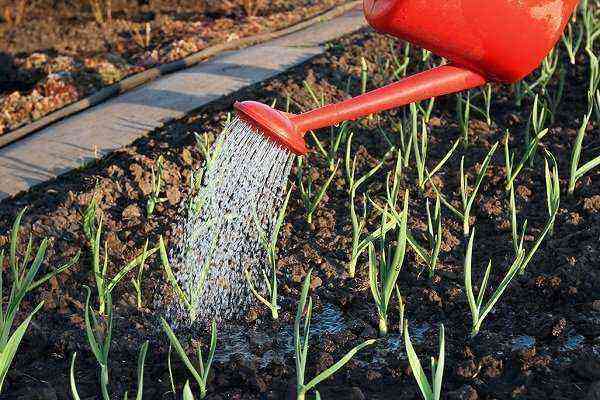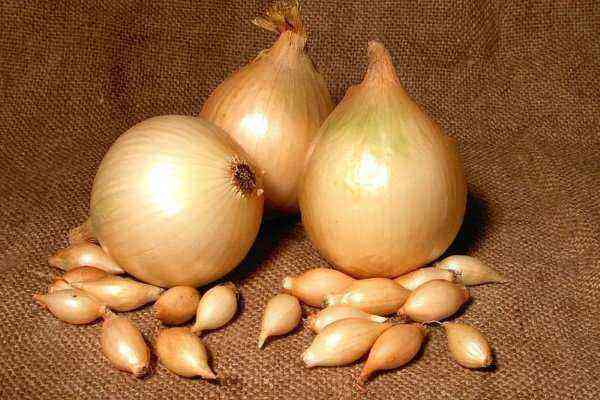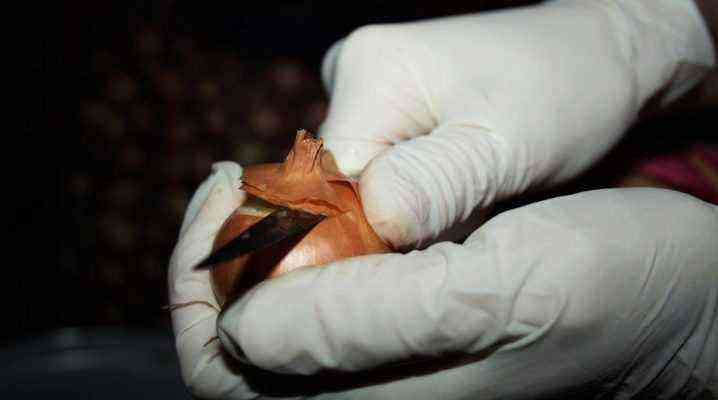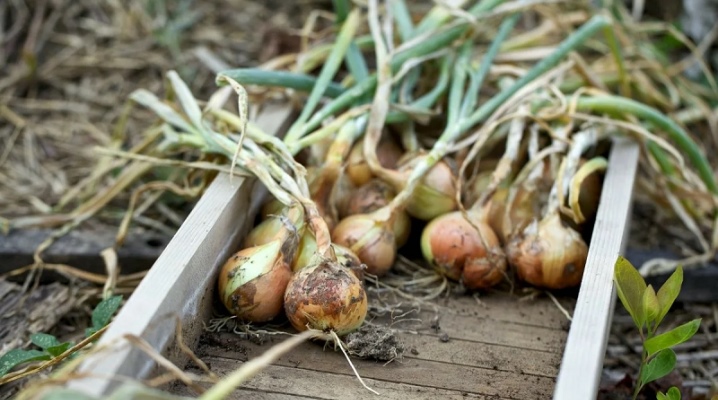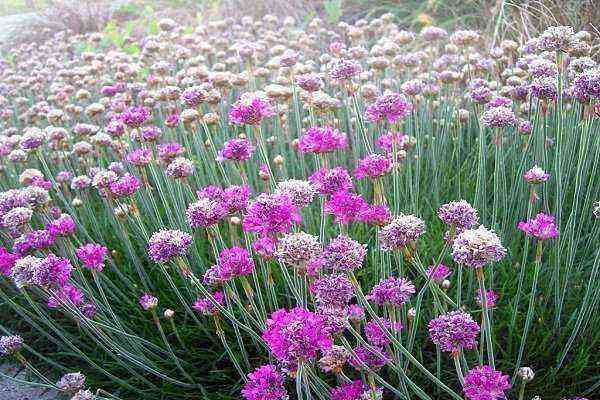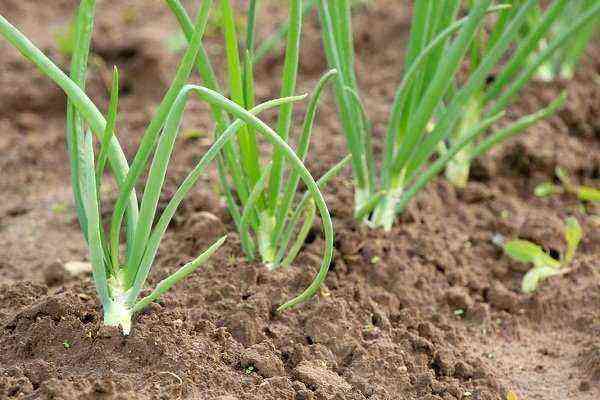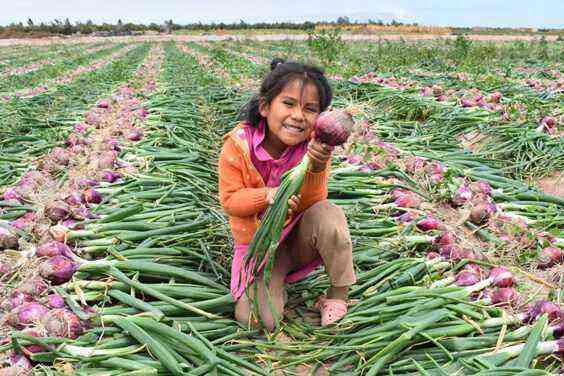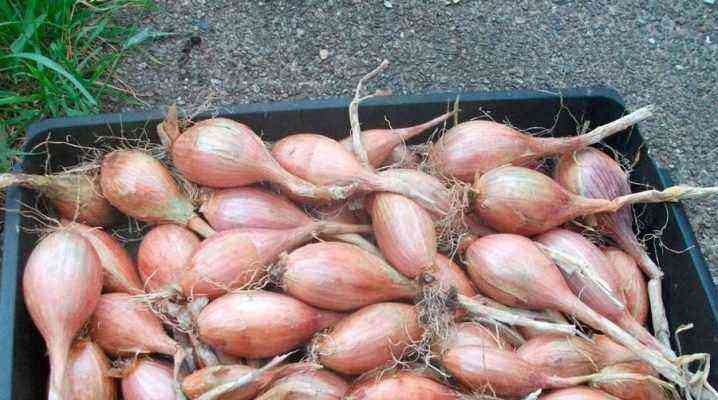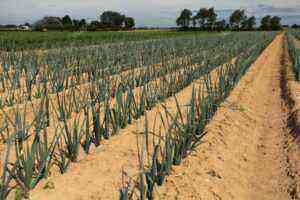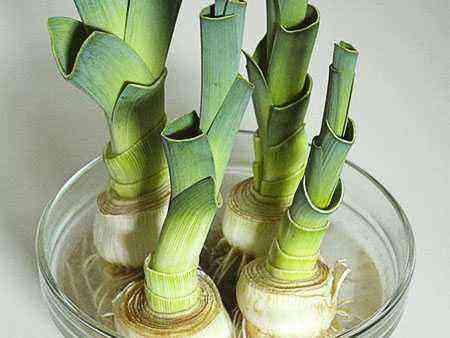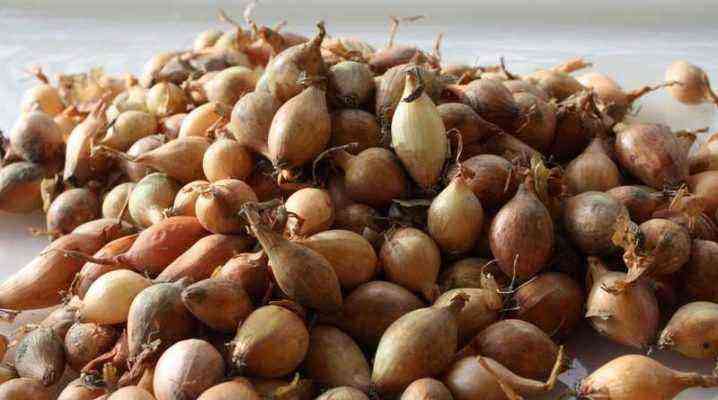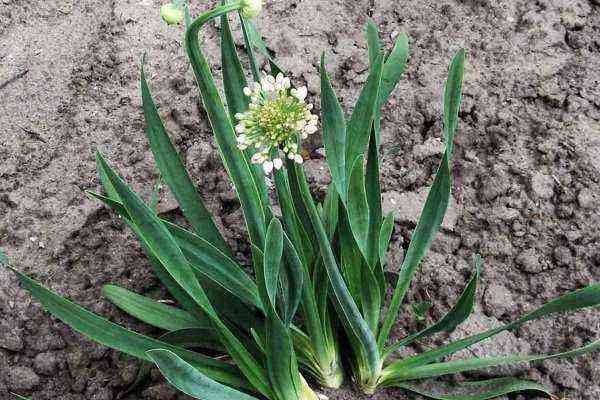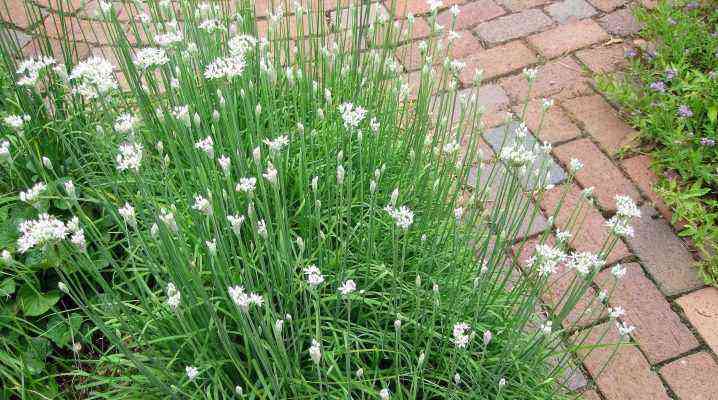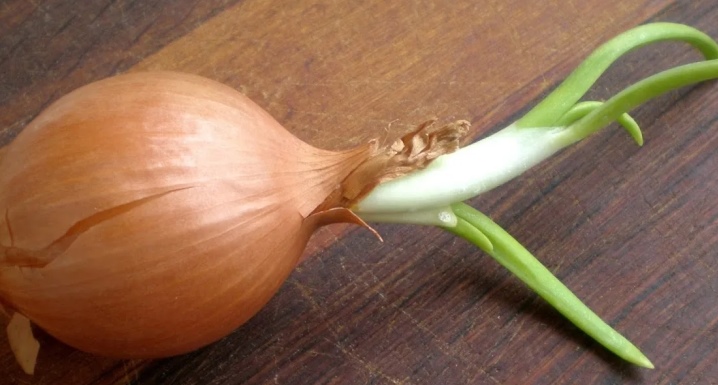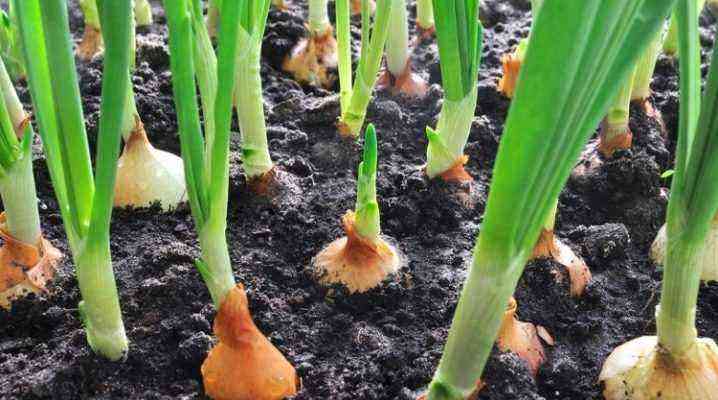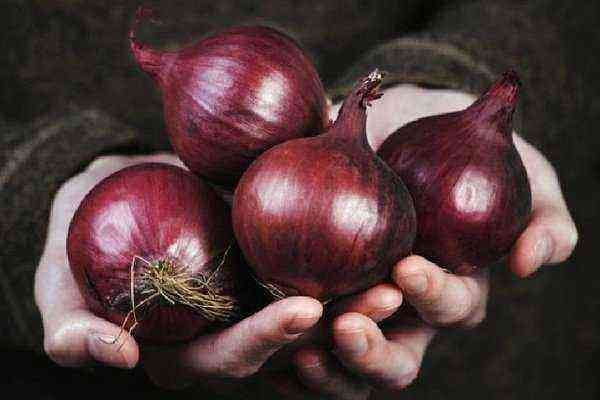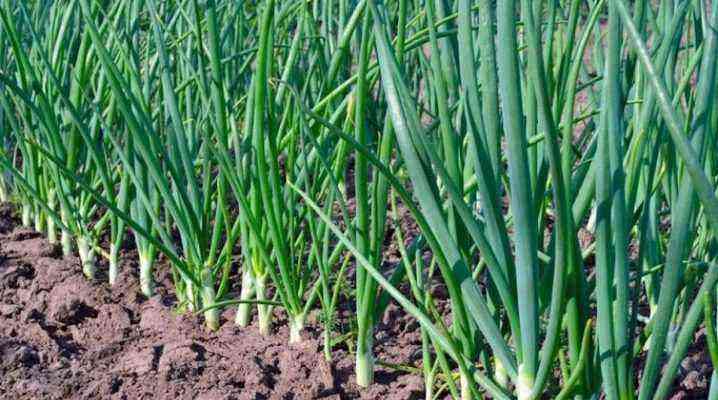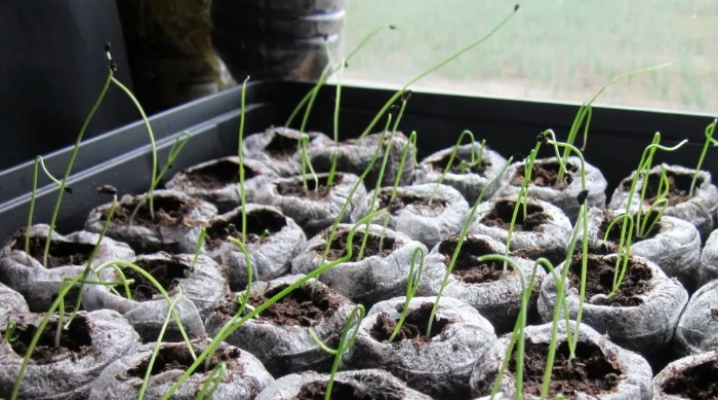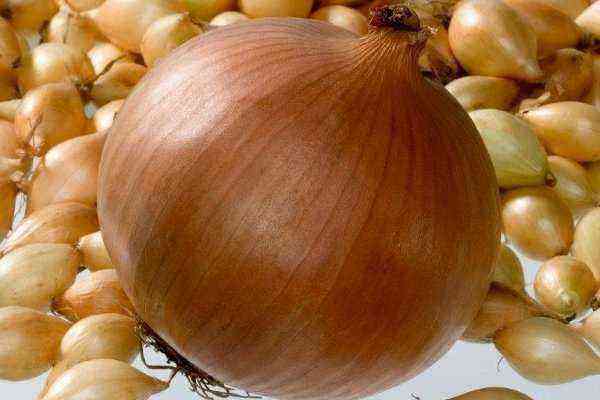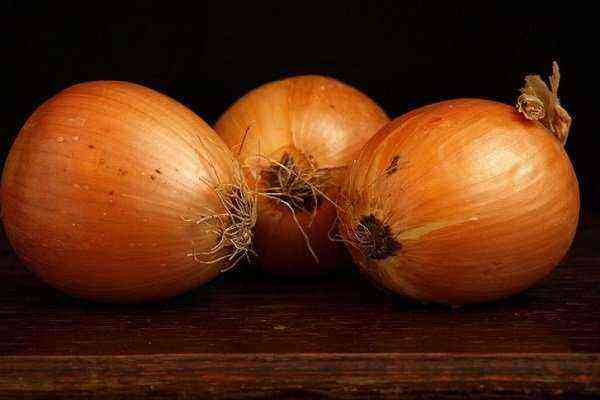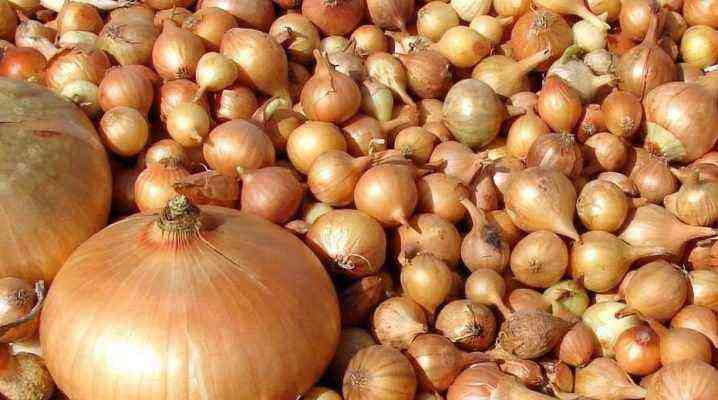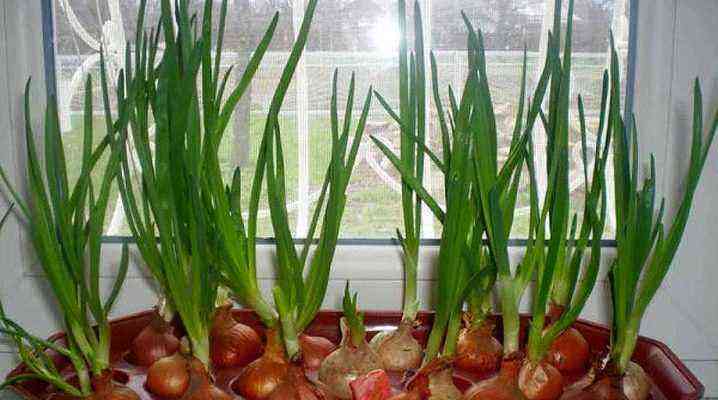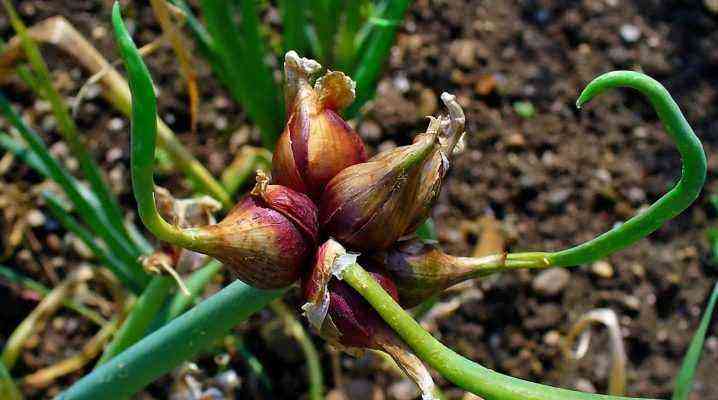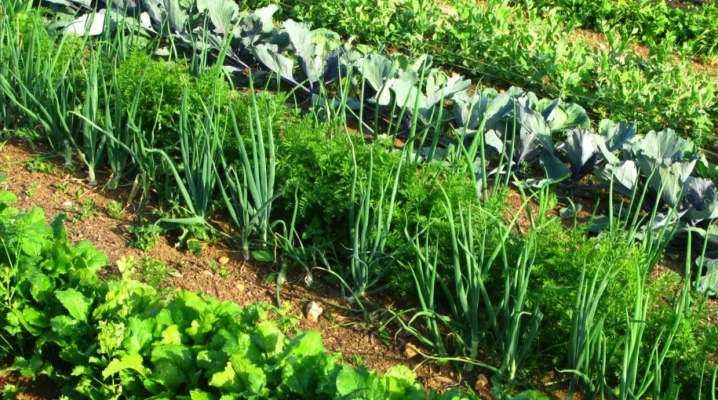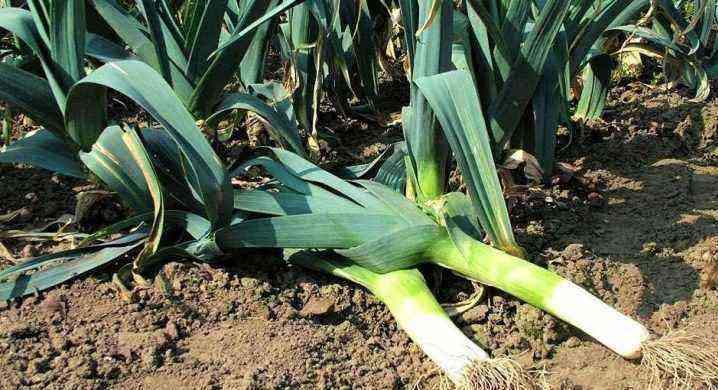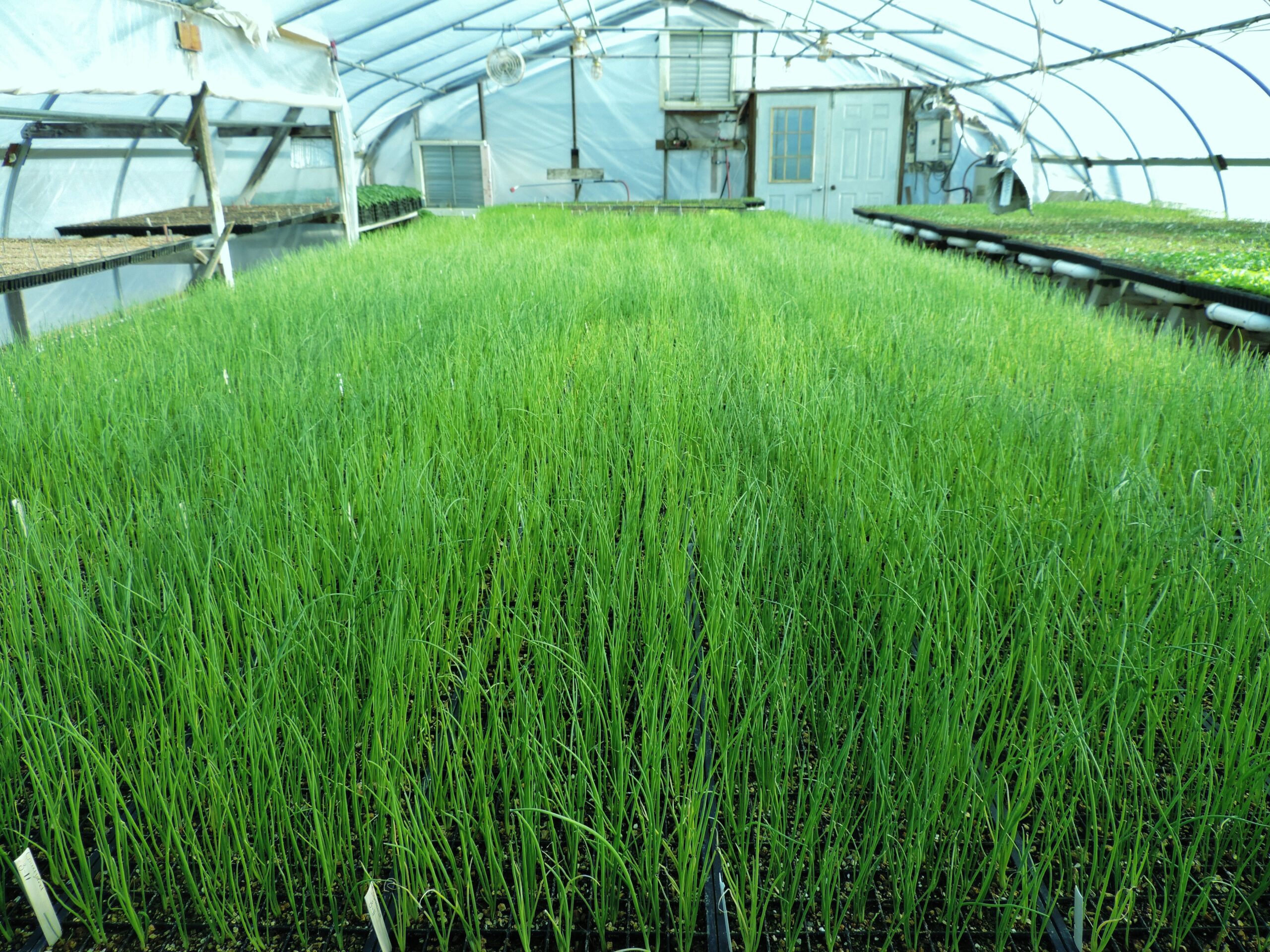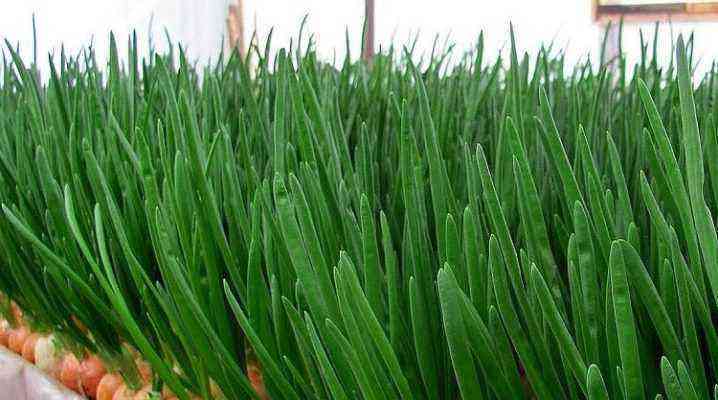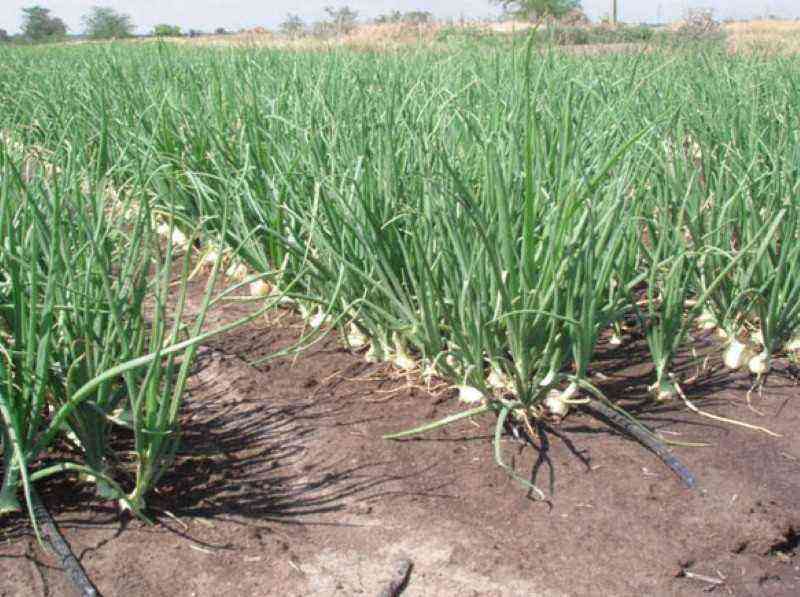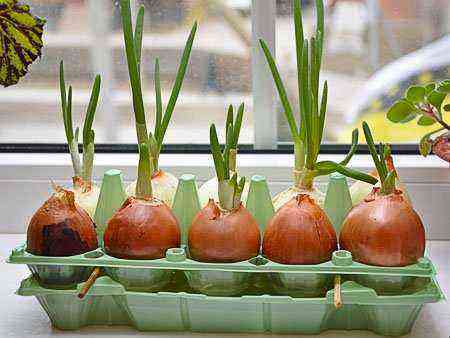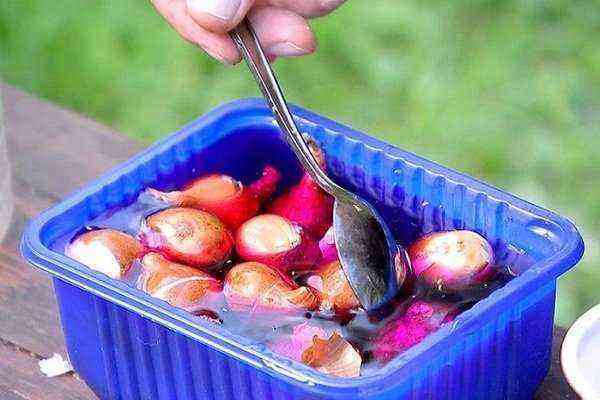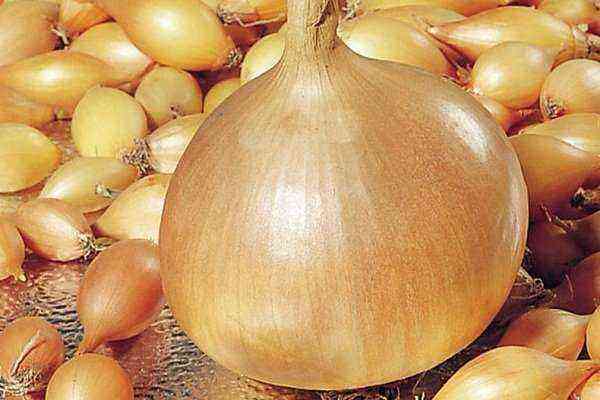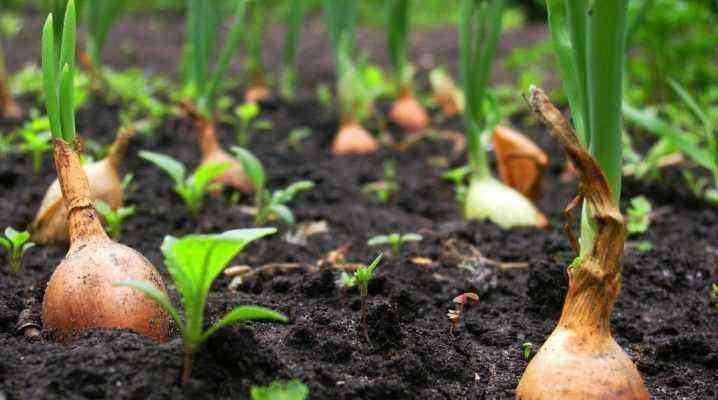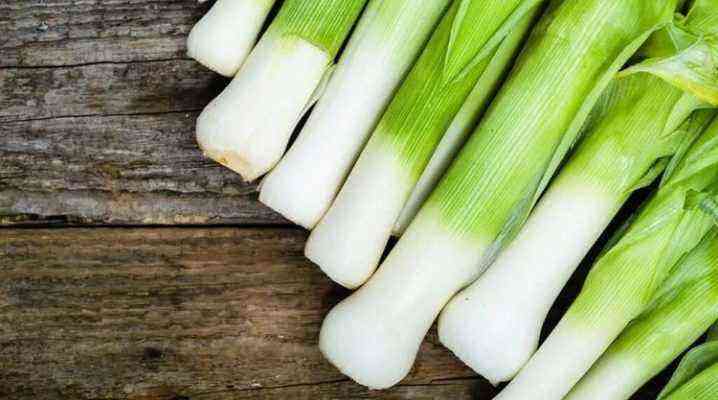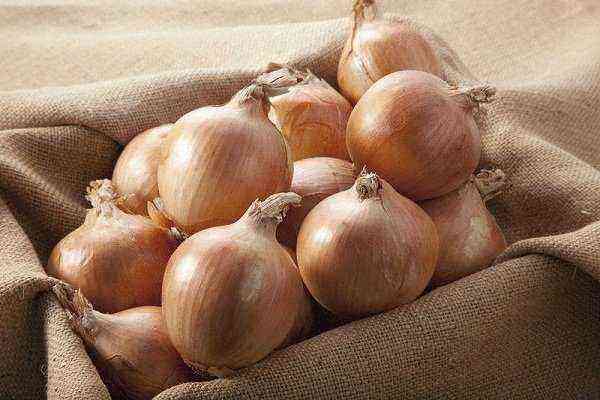
Growing onions from seeds on your plot allows you to save money and get a quality crop. To achieve a good result, you need to know in advance all the necessary information about this process.
Pros and cons of growing
This method of growing onions has several major advantages.
- Economical. Buying planting material, you can save some money, because it is more affordable.
- Seed resistance to disease. Properly prepared seed material is resistant to various diseases. Therefore, it is much easier to take care of him.
- High quality crop. Onions grown in this way receive a sufficient amount of nutrients and moisture. Therefore, the bulbs grow large and tasty.
But this method also has its drawbacks. So, if the seeds are planted in the spring, it may not have time to fully mature until the fall. Because of this, the bulbs will not be stored for a very long time. In addition, the first time after planting, the plants will have to be looked after especially carefully.

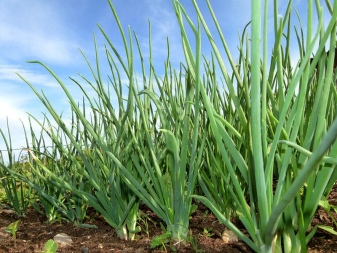
Variety choice
For growing in this way, you can use different varieties of onions.
early ripe
Existing early ripe varieties grow very quickly. From the moment of sowing the seeds into the soil and until the process of collecting full-fledged bulbs, it usually takes 2-3 months. At the same time, the collected material has a good keeping quality. Bulbs in suitable conditions can be stored until next spring.
Popular early-ripening varieties of onions are red “Carmen”, white “Candy” or “Centurion”.
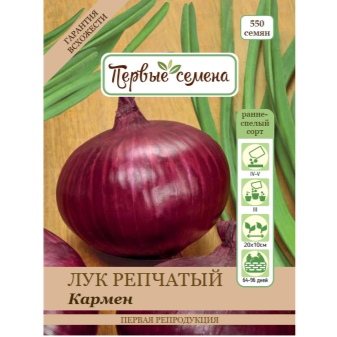
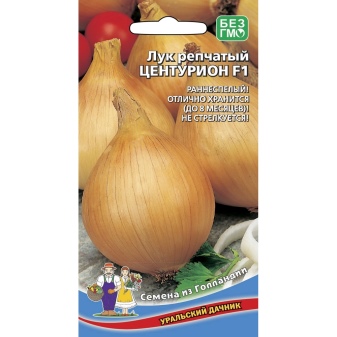
The middle-ripening
Such varieties ripen about two months longer. These varieties of onions are usually grown in the southern regions of the country. Mid-season varieties perfectly adapt to dry weather. Therefore, gardeners may not be afraid that the planting material will die. Popular mid-season varieties are Shakespeare and Globe.
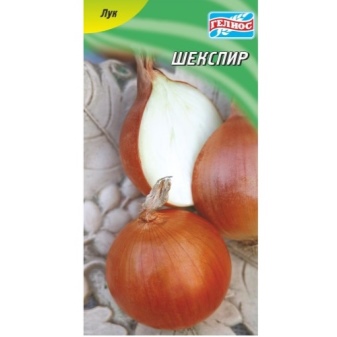

late ripening
It takes much longer to grow such onions. In the first year, gardeners sow seeds and grow sevok. The next year, the plants grow.
Popular late-ripening varieties include Globo and Stardust.
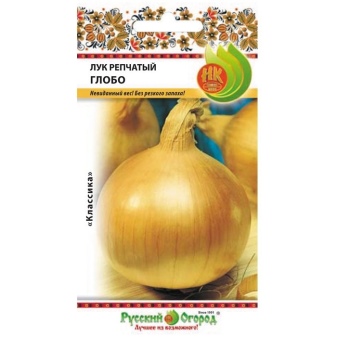
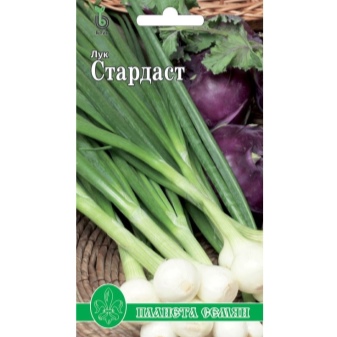
Selection and preparation of material
Choose healthy and strong seeds for planting. Onions retain excellent germination for 2-3 years. Planting material that has lain longer is no longer worth planting in the soil. Seeds must be properly prepared before planting. This process consists of several main steps.
- Selection of planting material. The first step is to select healthy seeds. They should not have any dark spots or traces of mold. It is worth choosing large seeds of the same size for planting. Next, they need to be placed in a container with water and left there for an hour. Seeds that are suitable for planting will settle to the bottom. But low-quality copies will quickly emerge. You need to get rid of them immediately, because they still cannot germinate. The remaining seeds must be well dried.
- Disinfection. Preplant seed disinfection will help protect planting material from common fungal diseases. For processing, a solution of potassium permanganate or hydrogen peroxide is usually used. In a container with this liquid, the seed material must be soaked for half an hour. After that, the seeds are thoroughly washed, and then dried, spread out on paper. This procedure helps to significantly speed up the process of seed germination.
- Stratification. Treated seeds must be warmed up. Usually they are located next to heating devices. They are left there for 4-6 days. If you prepare the seeds in this way, the plant, after planting, will put all its strength into the growth of the bulb, and not into flowering.
- Hardening. This procedure will help the plants adapt faster after landing in a new place. Seeds can be hardened in two main ways. Usually planting material is simply placed in the lower compartment of the refrigerator. Leave it there for 1-2 hours. There is another way to harden seeds. To begin with, they are placed in a bag and dipped in hot water for 40 minutes. After that, it is placed in a container with cold water for the same time. A similar procedure is carried out on the day of planting onions in the soil.
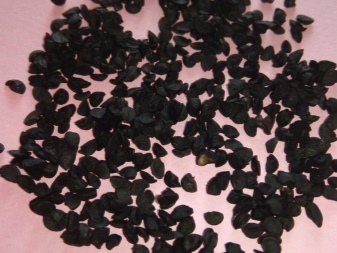

If you prepare the seeds in this way, the seedlings will be very good. In addition, they will appear on the site at the same time.
Terms of planting
When planning to plant onion seeds, it is worth considering the time of its development. From the moment of planting in the soil and before the appearance of full-fledged seedlings, it usually takes about two months. Therefore, onion sowing is usually done in the spring. In most regions of the country, this is done in the second half of March or early April.
Choosing the optimal time for planting, many gardeners are guided by the lunar calendar. It is believed that planting seeds on the right days allows you to get a crop much earlier.
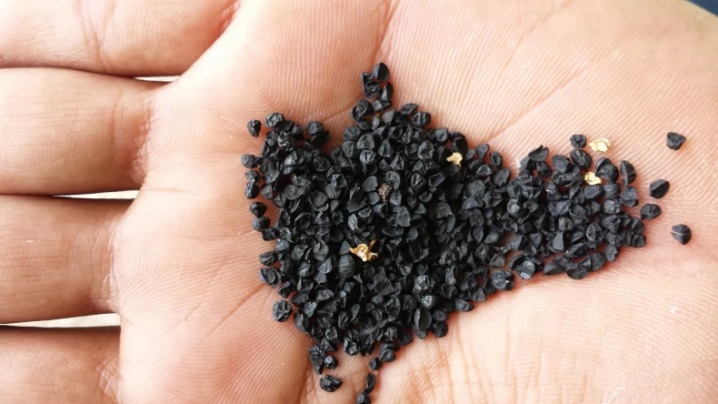
How to grow seedlings?
For planting seedlings, it is worth preparing containers of a suitable size. Onions can be sown in low seedling boxes or cassettes. Picking into separate boxes in the future will not have to be done.
Before planting onions for seedlings, you need to prepare nutrient soil. It is made from humus, fertile soil and peat. To disinfect the soil, it is abundantly watered with boiling water.
Having prepared the soil in this way, you can start sowing. To do this, small grooves are made in each container. The depth of each of them should be no more than 1 centimeter. The seeds are placed in these grooves, sprinkling them on top with a small amount of dry soil.
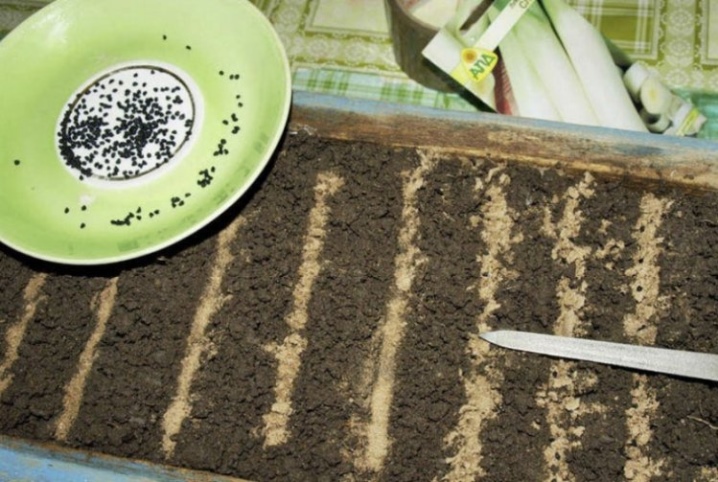
Next, the onion is gently sprayed with warm water. Then the containers are covered with a transparent film. Small holes are made in it. In this form, the seedlings are sent to a warm and dark place. You can store containers with seedlings in a dark part of the house, greenhouse or any other building. The temperature there should be between 20-25 degrees.
Noticing that the onion is rising, the shelter must be removed. Containers with plants need to be taken out into the light. After a couple of days, young seedlings need to be fed. For this, it is worth using a high-quality nitrogen-containing fertilizer. Thanks to such top dressing, the greens will quickly grow.
When the seedlings grow a little, they will need to be thinned out. The distance between individual sprouts should be at least three centimeters. In the future, green seedlings are constantly watered. To do this, use warm settled water. So that the seedlings do not stretch out and become too pale, they must be constantly kept in the light. Usually containers with seedlings for this are placed on the windowsill or on the balcony.

10-15 days before planting, it is worth starting to harden the seedlings. To do this, it is taken out into the open air. If this is not possible, the room is simply ventilated.
Landing in open ground
Two months after sowing, the seedlings will become strong enough. At this stage, it can be transplanted into open ground. It is not worth doing this earlier, otherwise the plants will not take root well in the new site. The technology for planting young seedlings is as follows.
- Choice of landing site. In order to be able to germinate the onion faster, the place for planting it must be chosen especially carefully. It cannot be planted where legumes have grown before. Excellent predecessors for young onions can be nightshade, cabbage or green manure. Neighborhood also plays an important role. Young onions are best placed next to carrots or various flowers. This will positively affect the condition of all plants. The chosen place should also be well ventilated and lit. In this case, the young seedlings will develop correctly.
- Soil preparation. To start the beds you need to dig. Humus or complex fertilizers are applied to the soil. Next, the surface of the beds must be leveled. Small furrows are made there. Planting depth should be within three centimeters. The optimal distance between rows is 10-30 centimeters.
- Selection of strong seedlings. First you need to choose healthy and strong plants that can quickly adapt to new conditions. They should be about the same size.
- Seedling processing. Seedlings grown at home are taken out of containers. The roots are cleaned from the ground and gently shortened. The leaves are also cut to a third of the length.
- Planting seedlings. Watering the prepared grooves, seedlings are planted in them. The distance between the shoots should be within 5 centimeters. After planting green seedlings in the soil, they are carefully covered with earth. Next, the soil is compacted. It is recommended to plant onions in the evening or in the morning. It is important that the weather at this time is dry and calm.
Seedlings planted in this way are immediately mulched. For this, it is recommended to use fine compost. After a couple of days, the beds with seedlings will need to be watered. V
Oda must be poured under the root, trying not to affect the foliage.
The nuances of care
In the future, young plants need to be properly cared for. Weak specimens will need to be regularly removed from the site. There is no need to throw them away. Greens are quite edible.
In addition to thinning, other agrotechnical measures also play an important role.
Loosening and removing weeds
In order for the soil to be sufficiently loose, the beds must be regularly weeded. In the process, it is also worth removing all weeds. In order not to damage the roots, do not loosen the soil too deeply. All removed weeds should be sent to the compost pit.
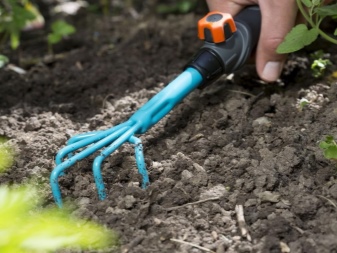
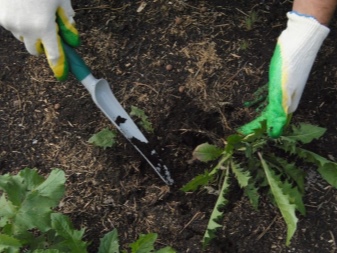
Watering
So that the soil on the site does not dry out, it must be watered as needed. Usually the site is irrigated once a week. If the summer turned out to be hot, the frequency of watering is increased up to three times. About a month before harvesting the onion grown on the head, watering is stopped. This must be done gradually.
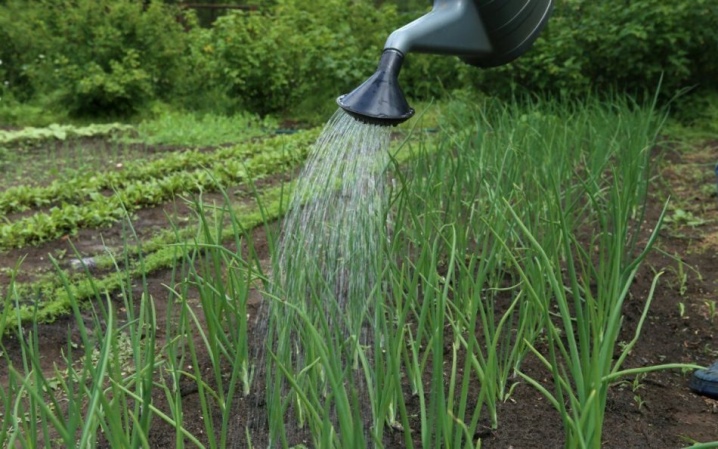
Additional fertilizing
Fertilize onions usually several times a season. The feeding scheme is quite simple.
- A few days after planting young seedlings in open ground, the beds should be fertilized with urea or organic fertilizers. Cow dung or chicken manure diluted in warm water is suitable for this purpose. It is important to use rotted products. Otherwise, there is a risk of contamination of the site with weeds.
- For faster growth in the middle of summer, plants can be additionally fed with a complex mineral fertilizer. A suitable tool is easy to find in most modern gardening stores.
- To increase the keeping quality of the bulbs, as well as to make them larger, at the end of summer the plants are watered with fertilizers that contain potassium and phosphorus.

It is important to remember that nitrogen fertilizers should not be used in the second half of summer. This can lead to a set of green mass and a decrease in the size of the bulb.
Diseases and pests
Like any other plants in the garden and vegetable garden, onions are often exposed to various diseases. They develop most actively in conditions of high humidity. Diseases such as fusarium, powdery mildew or neck rot are dangerous for home-grown onions. All of these diseases can slow the growth of onions or even lead to the death of green plants.
You can prevent infection of the site by carefully monitoring its condition. The soil should not be waterlogged. Plantings also need to be thinned out regularly so that they are not too thick.
For preventive purposes, the beds can be treated with Bordeaux mixture.
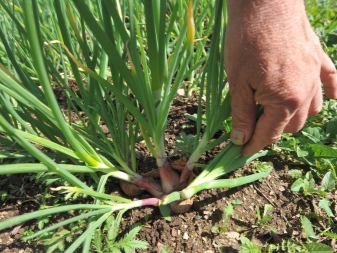
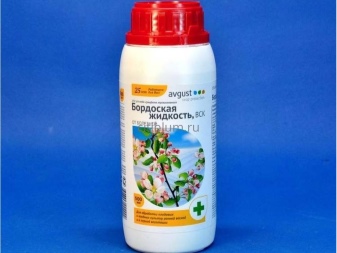
Common pests also pose a danger to young plants.
- Harmful longleg. These pests attack the site in the spring. Most often they start up in the beds if there are a lot of weeds. To avoid contamination of the site, it must be regularly cleaned of them. In autumn, the soil must be dug up. If the site is still wound up with weevils, it can be treated with mustard powder. To combat a large number of pests, the site is sprayed with calcium cyanide.
- Onion moth. It is worth being afraid of the attacks of these pests in the summer. They damage the greens, thus damaging the plantings. So that the onion moth does not start on the site, gardeners need to observe crop rotation. Planting between rows of flowers with a rich aroma also has a positive effect on the condition of the site. Their smell repels these pests.
- Cabbage scoop. This pest also eats onion feathers. To combat the scoop, an infusion of mustard powder is most often used: 10 grams of a dry product is diluted in a liter of water. The resulting product is infused overnight, and then diluted in a ratio of 1 to 1. The plants are sprayed with them in the late afternoon.
- Onion fly. As a result of the activity of these pests, the tips of the green feathers dry out, and the bulbs rot. To protect plants from these insects, the soil is regularly dug up. Noticing such pests on your site, you need to spray it with a solution of ammonia.
- Nematode. If nematodes are wound up on the site, the onion foliage begins to lighten and curl. Pest-infected shoots must be removed from the site and burned. If this is not done, the nematode can infect other plants in the garden.
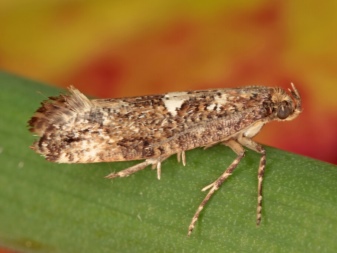
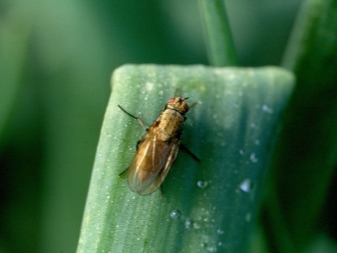
To prevent the appearance of pests on the site, onions can also be sprayed with decoctions from tomato or potato tops, as well as from marigolds. It is best to carry out such procedures in the evening.
Harvesting and storage of crops
Onions grown from seeds are usually harvested in the first half of August. You can understand that it is time to start harvesting by noticing that the onion feathers turn yellow and fall to the ground. You need to dig onions on a dry and warm day. You can get it out of the ground with a pitchfork. Some gardeners prefer to simply pull it out by hand. If the soil is not too dry, this will be very easy.
It is recommended to pre-dry the collected bulbs right in the garden. In addition, it is important to clean them well from dirt. After a couple of hours, the onions are cleaned in a warm and dry place. It stays there for a few more days. During this time, the tops will have time to dry.
Thanks to this, the onion will lie at home much longer.

Fruit storage conditions depend on the characteristics of the variety. Usually onions are placed in thick canvas bags or wooden boxes. It is best to store them in a cellar or any other cool and dry place. Before laying, the collected bulbs must be carefully sorted out, leaving only whole and healthy specimens without stains and signs of damage.
Even a novice gardener can grow onions from seeds. The main thing is to regularly care for both seedlings and grown plants.
